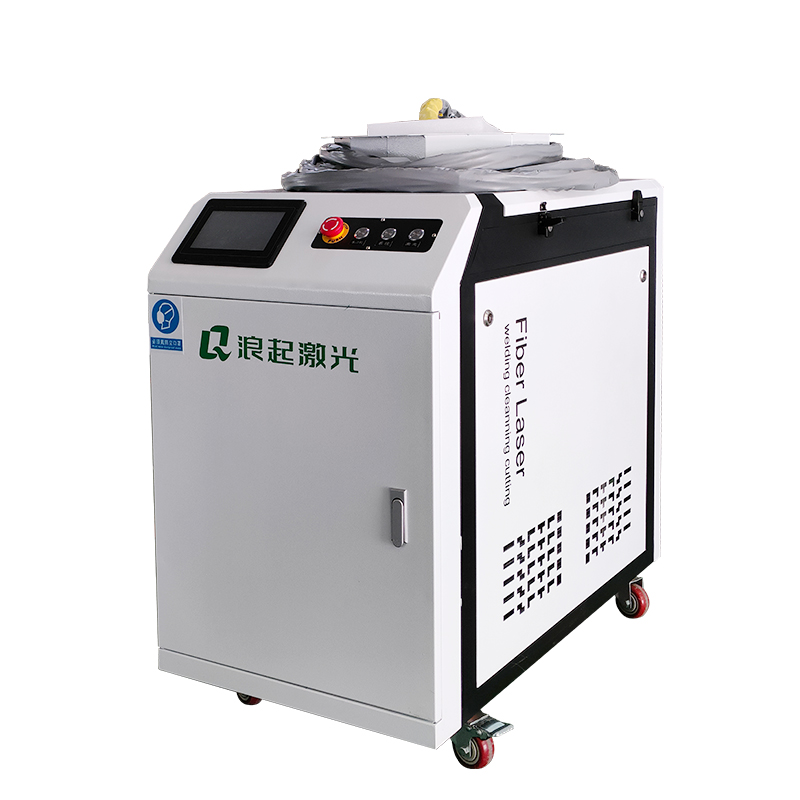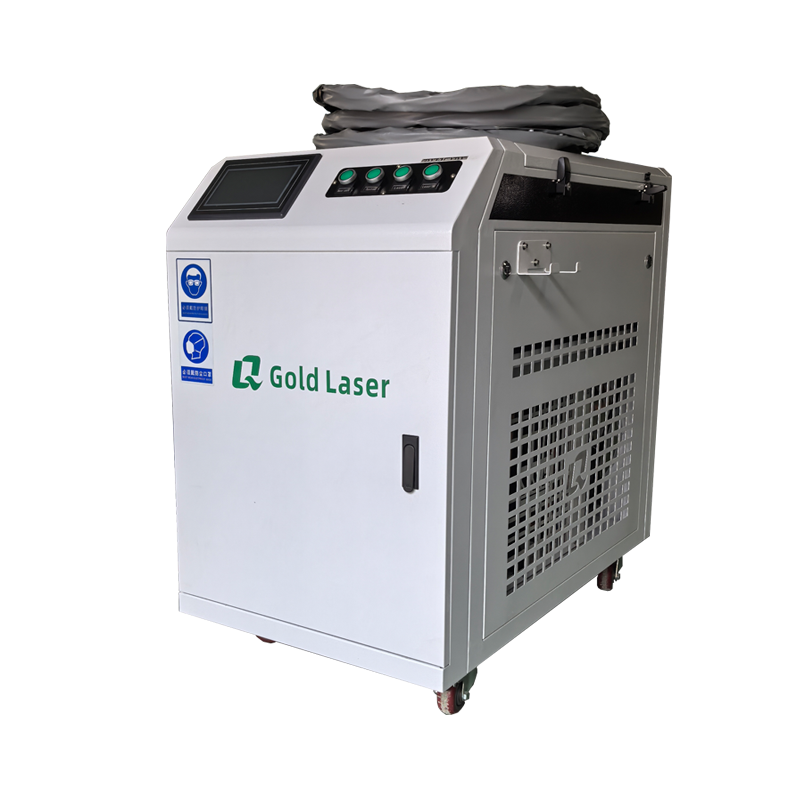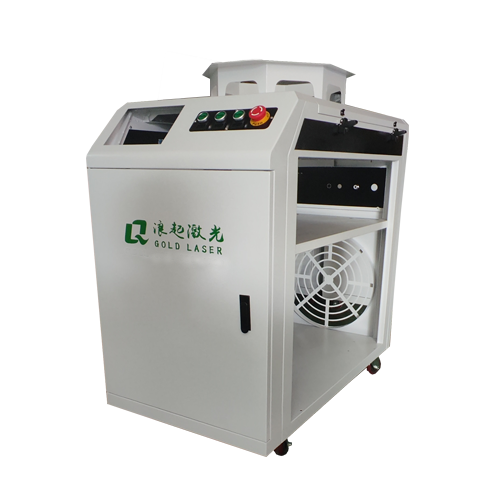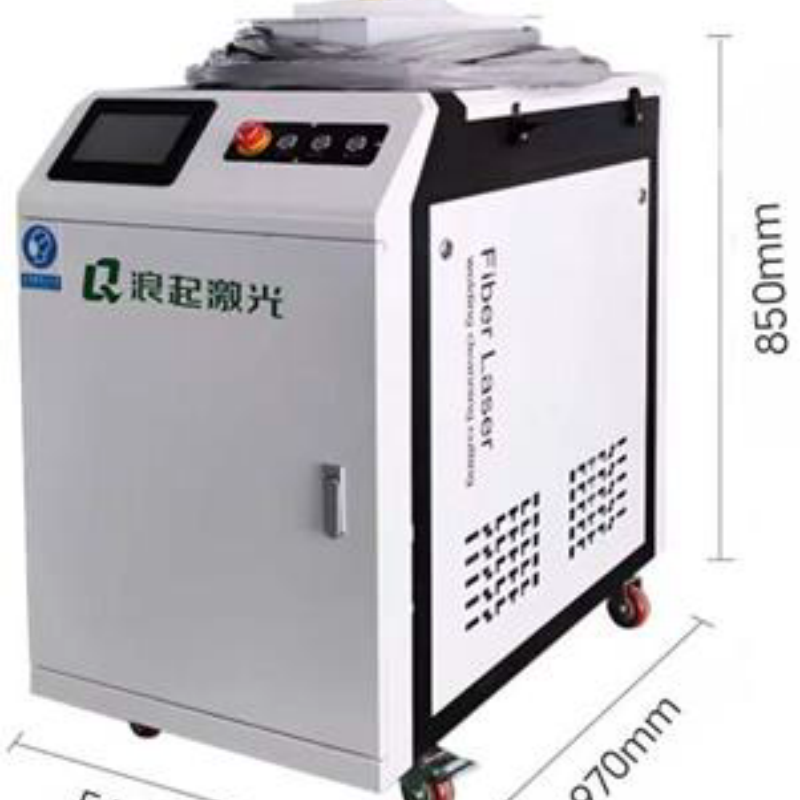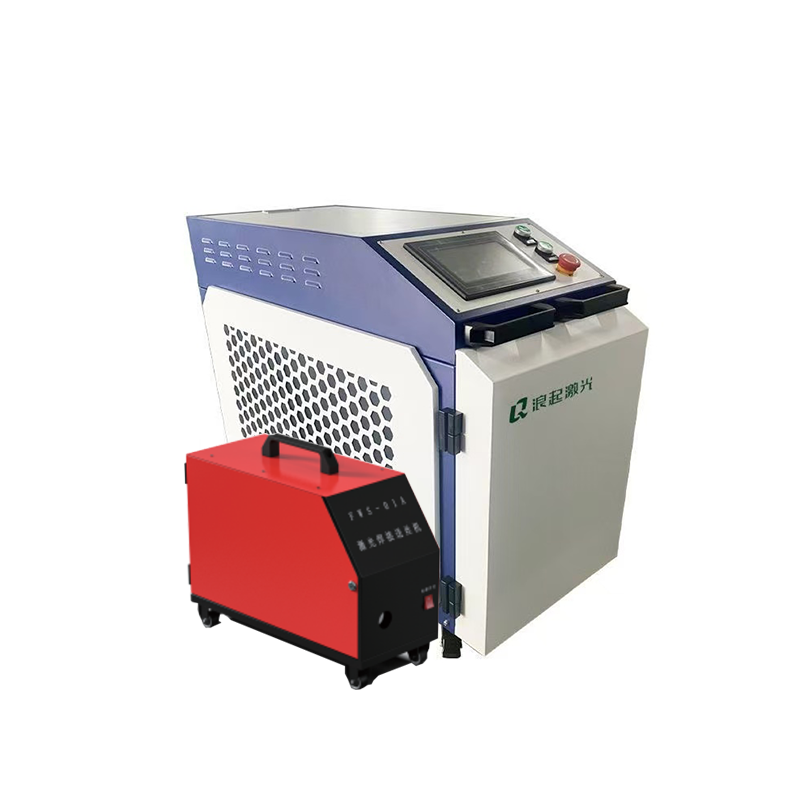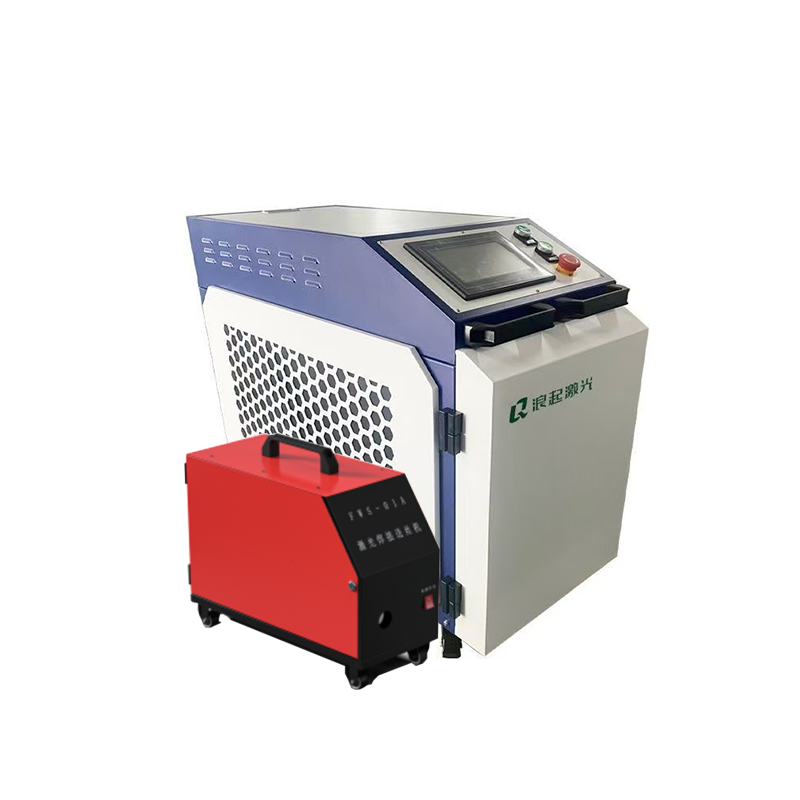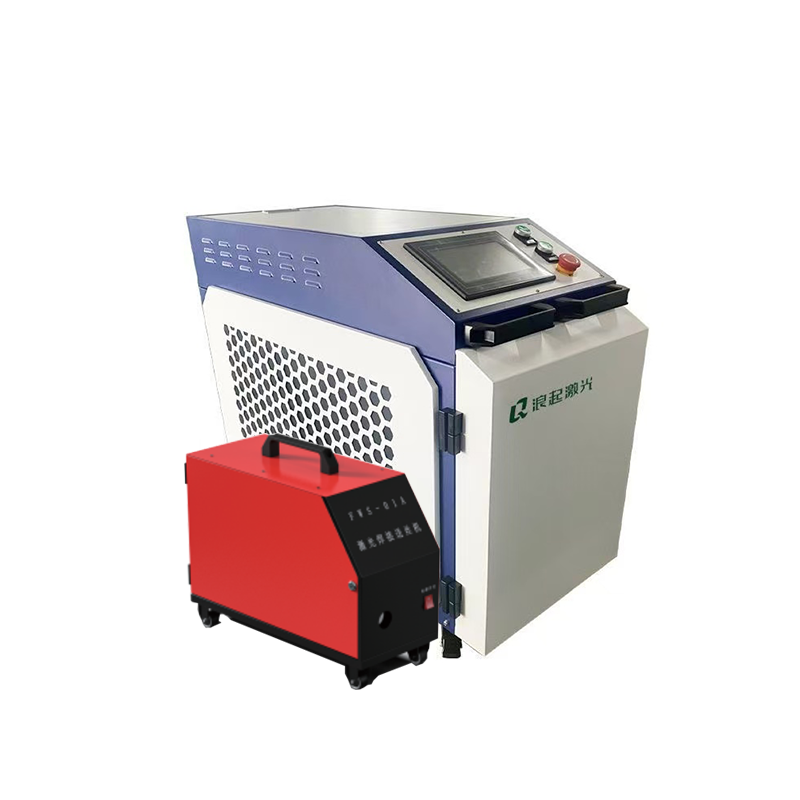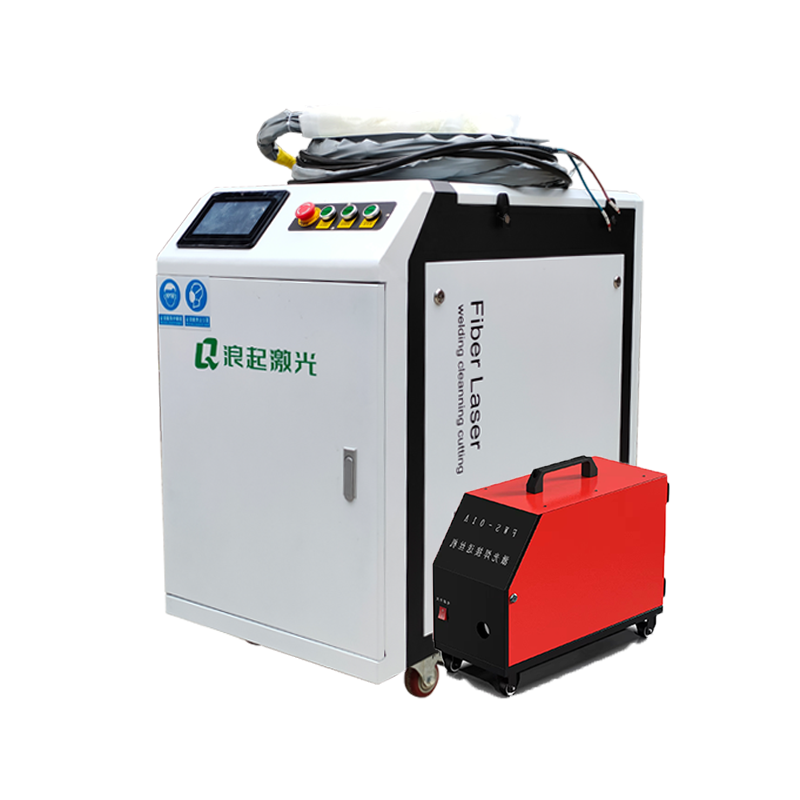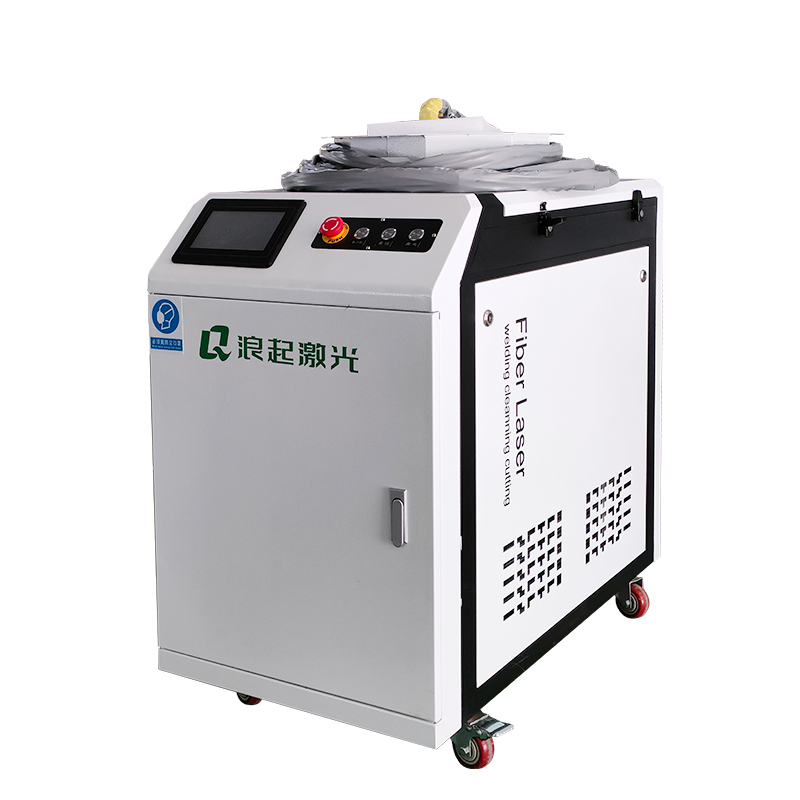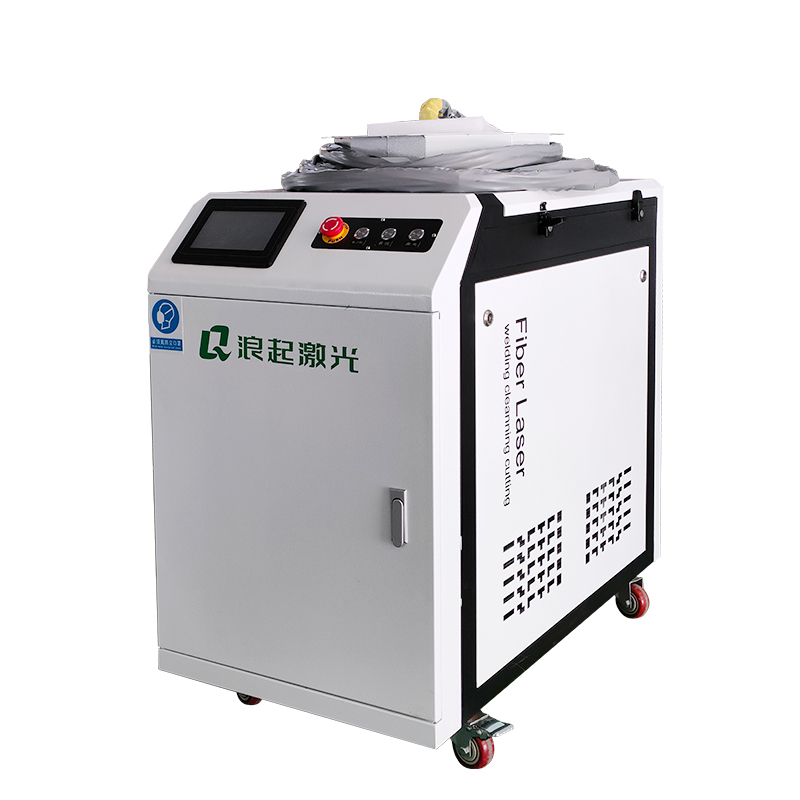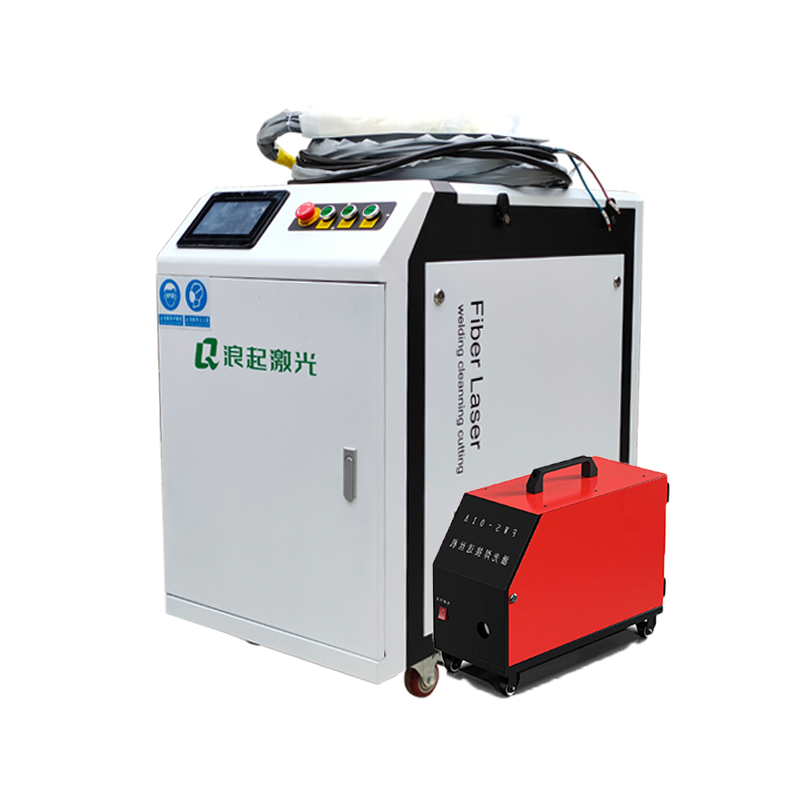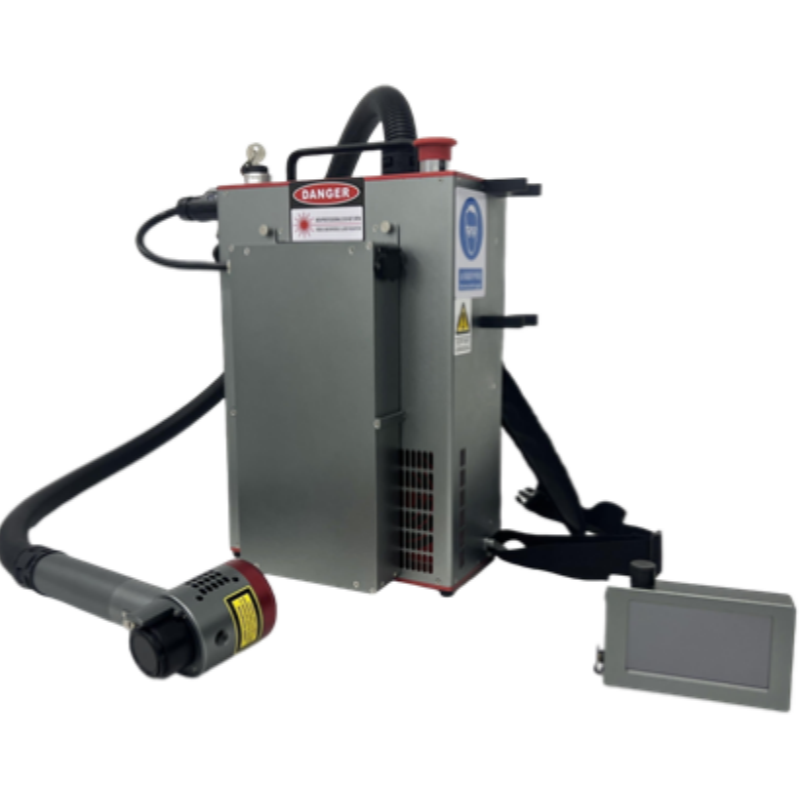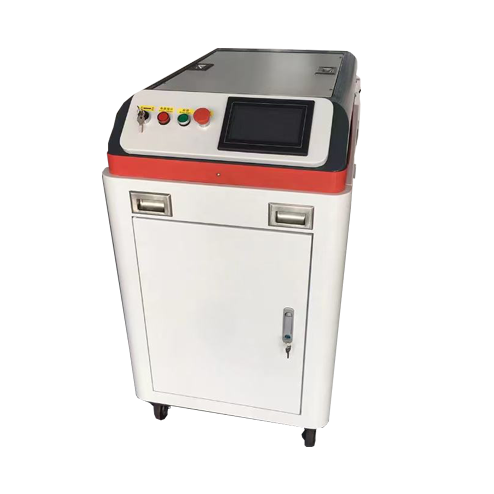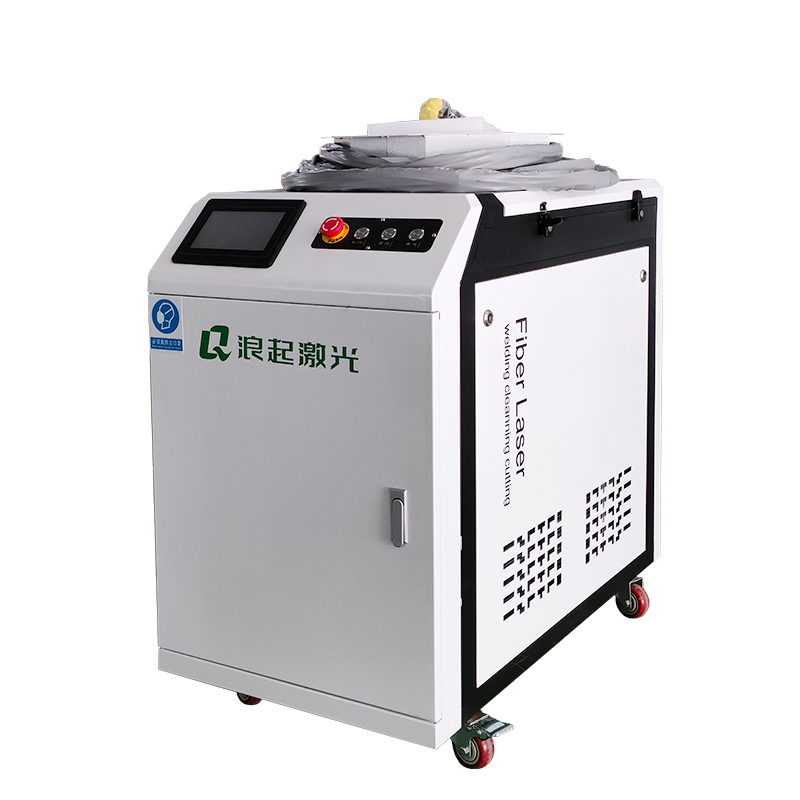Laser cleaning and laser rust removal are both applications of fiber laser machines for surface treatment, but they differ in purpose, process, and scope. Here is a detailed comparison:
1. Definition & Purpose
Laser Cleaning: A broader process that removes contaminants like oil, paint, oxides, coatings, and residues from surfaces.
Laser Rust Removal: A specific subset of laser cleaning focused solely on eliminating rust (iron oxide) from metal surfaces.
2. Materials & Applications
Laser Cleaning:
Works on metals, plastics, ceramics, and composites.
Used for pre-weld/pre-paint cleaning, mold maintenance, art restoration, and electronics decontamination.
Laser Rust Removal:
Primarily for ferrous metals (steel, iron).
Applied in automotive, shipbuilding, pipelines, and machinery maintenance.
3. Laser Parameters
Both use pulsed or continuous-wave fiber lasers, but settings vary:
Rust Removal:
Lower power (50W–200W for thin rust).
High frequency (20–100 kHz) for precise layer ablation.
General Cleaning:
May require higher power (200W–1000W) for stubborn coatings.
Adjustable pulse widths for diverse contaminants.
4. Mechanism
Rust Removal:
Rust absorbs laser energy, vaporizes or turns to powder (no substrate damage).
Cleaning:
Contaminants absorb light and are ejected via ablation, vaporization, or thermal shock.
5. Advantages Over Traditional Methods
Both are eco-friendly (no chemicals/abrasives).
Non-contact, preserving the base material.
Precise, with minimal heat-affected zones.
6. Key Difference Summary
| Aspect | Laser Cleaning | Laser Rust Removal |
|---|---|---|
| Target | Multiple contaminants | Rust only |
| Material Scope | Metals, plastics, ceramics | Mostly ferrous metals |
| Laser Settings | Wider power/frequency range | Optimized for rust ablation |
| Applications | Industrial, art, electronics | Metal restoration, maintenance |

